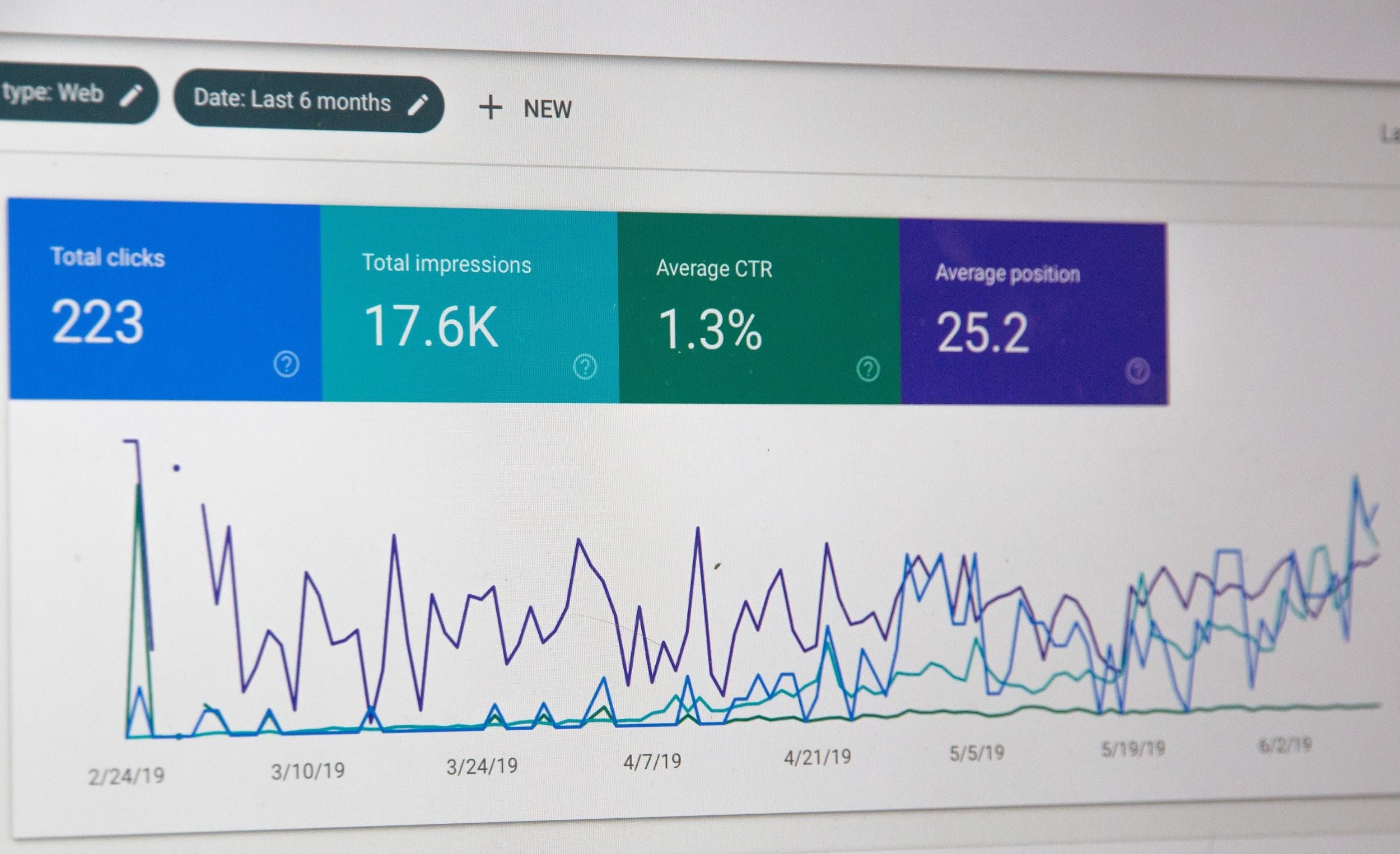Knowing how your users behave and how they rate user experience is important, but it is very hard to learn that without various UX metrics and tools. The quality of user experience is a complex matter; you cannot use one tool to measure the whole experience, as it is built from several smaller components.
Understanding your users’ attitudes and behaviors on your site is key for providing a better user experience. There are many tools and metrics out there and most of them are data-driven. That means that collecting and analyzing data from your site has never been more important than it is today.
In this article, we will take a look at how you can measure user experience on your site, and why is it so important. Also, we will share some of the tools that you can use to measure it, and what you can measure.
Why is it so Important to Measure User Experience?
Metrics can give us information and data about our website. For example, about the services, the quality, or the satisfaction level that users experience on our site. Collecting data and statistics is very important for knowing whether your users leave your site early, where they come from, how far they scroll down, how many abandon carts, how many are converted, and many more.
Even though those are important numbers, they don’t tell us what users are thinking. It is this factor that we can study by measuring user experience – behavior, and we can learn some patterns of behavior and try to improve and work on that.

You can apply metrics at any time, but they are even more important when you integrate a new feature to your site or a new product. It is also important to know what exactly you are looking to measure or to test. Whether you are an e-commerce site, you should be looking to measure the visual effects.
If you offer a service that is for entertainment, for example, then you should be looking at long-term customers and how to keep them with you. In case you offer some sort of consultation or coaching, the focus is on the effectiveness and the performance of your program. It always depends on what your goal is.
Metrics give us an insight into the performance of our website, products, and services that are found on the site itself. It is analyzing these metrics that can help you to improve. Additionally, they tell us if we are moving in the right direction, and help us to shape future implementations.
The Balance of Qualitative and Quantitive Data
Some people think that collecting more data to measure user experience will be more beneficial, as the sheer amount of measurements outweighs the importance of quality. If we go this way, we lose the quality of the measurements, so they can become unreliable. On the other hand, if we focus on quality instead of quantity too much, we miss out on the numbers and the small pool of measurements is still not a valid way.
There needs to be a mixture of both quantity and quality; we must balance them as well as possible to not go into one extreme or the other. Quantity is very useful with those measurements that tell us about how many people come to our site, how many abandonments your site sees, total revenue through orders, number of sales per number of visits, page views, number of problems and more.

Yet, quality measurements are more orientated towards the attitudinal properties of your visitors. They tell us how users behave on your site, whether they are satisfied with the products or not, and how likely the users are to recommend your products or services to other people.
The most important metrics include completion rates, page views, and clicks, task time, UI problems, errors, conversion percentage, satisfaction.
Best Ways to Measure User Experience
Google Analytics
The first thing that comes to mind when talking about data and statistics is Google Analytics. Almost every site uses Google Analytics to collect data and statistics about its customers. There is no doubt that this tool can be very important for learning about your site, but it should never be the only way to measure UX.

While this tool will give you almost all the necessary numbers that you need to know about your users and visitors, it does not tell you why those numbers happen. It is a quantitative tool, one that is the best used for collecting information about how many users come to your sites, which pages are the most popular, where users come from, the source of users, times spent on your site, and much more.
Heatmaps
One of the more important ways of measuring user experience can be heatmaps. In essence, there are three main types of heatmaps: click heatmaps, scroll heatmaps, and segment heatmaps. Each type of map can bring us a certain kind of insight about how users behave on your website, and where you can improve it.
Click heatmaps, for example, tell us exactly where users click on your site. This is a qualitative tool that we have mentioned earlier, although quantity is also important here. We cannot analyze solely, let’s say five or ten user sessions to know where users click the most. We have to collect a sufficient amount of click map sessions to know where the clicks are made the most and optimize that.

Next are scroll heatmaps, which is a good metric of user experience on your site, as they tell us how far users go down the site, or scroll (hence they are called scroll maps). They can help us optimize the user experience in such a way that we can put the necessary information, or the information and content that we find the most important, in the right places.

Lastly, we have the segment heatmaps. With these, you can identify the most popular areas of your page. See if any of the segments are behaving differently than the others. Also, you can check the source of the traffic in maximum detail. With segment heatmap, you can focus on a specific operating system, device, browser, or webpage and gather first-hand information about your visitors.

Session Replays
In addition to heatmaps, session replays give us a good insight as to how users behave on our site. Session replays are representations of mouse movements of the users, they are created for each unique user. They show us the mouse movement that the user did during a session on your site, which can give us a good insight into their behavioral patterns. The best way is combining all these tools, and not just using one of them.
Conduct User Feedback Polls
User feedback polls can be a good way to see how satisfied they are with your products and your website. Even though pushing them to your customers might appear aggressive and might turn some off, try to do it more elegantly.
For example, devise a poll of a couple of short but important questions about your site and products. You can use your rating system for these. But numbers alone won’t give you enough, you will have to analyze the polls thoroughly after collecting them.
You can do it on your site, or you can send them via e-mails or on social media. The point is that your visitors will see that you care about your site and their opinions, without being too aggressive about pushing these polls to them. Do not force them to do it.

Devise Moderated Testing
This method might cost you more money and time than other methods, but it will be worth it. The best thing about this method is that you can completely control what is tested, the ratings, and the analytics of the testing.
Similar to user feedback polls, you can create a questionnaire. For this, you will also need personnel to do the testing. Some companies do this regularly, while others simply can not afford it. But it is a good investment, as it can tell you a lot where your website needs improvement.
The quality of this testing should be on a high level, and also set the standards high, as only that will allow you to improve the site and the products/services.
Conclusion
User experience improvement is a constant, ongoing process that can help you grow your business. While there isn't a single way of measuring the level of user experience on your website, the best thing is to use the above-mentioned ways of measuring together to see the best results. UX is the art of ethical influence. It helps you understand the meaning and feeling of your users at the same time.
 Author: Evelin Rácz, Content Marketing Manager of Capturly
Author: Evelin Rácz, Content Marketing Manager of Capturly
Evelin Rácz is the Content Marketing Manager of Capturly, a full-scale online analytics tool that can provide online businesses with first-hand feedback and real business insights simply and intelligibly. Connect with Evelin on LinkedIn.